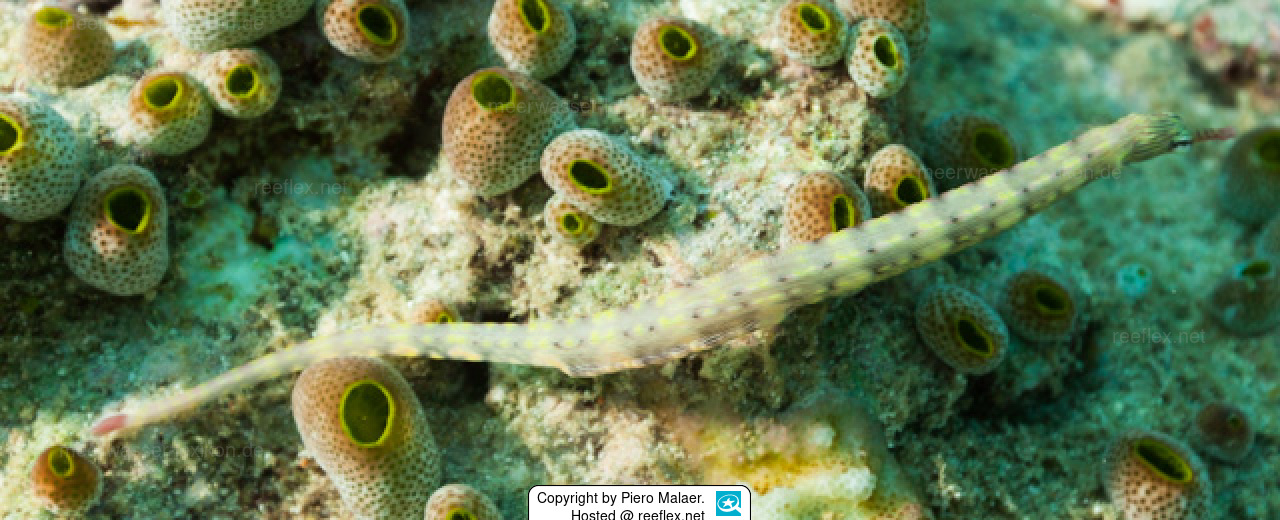Info
Mainly found in shallow rubble lagoons with algae and seagrasses. Often intertidal, and usually in only a few meters depth
Classification: Biota > Animalia (Kingdom) > Chordata (Phylum) > Vertebrata (Subphylum) > Gnathostomata (Superclass) > Pisces (Superclass) > Actinopteri (Class) > Syngnathiformes (Order) > Syngnathidae (Family) > Syngnathinae (Subfamily) > Corythoichthys (Genus) > Corythoichthys polynotatus (Species)
Feeding intake.
The fish take a long time to eat at the beginning, before the food is taken up, a close inspection is carried out. After acclimatisation, the offered frozen food is eaten without problems. It should be noted that wild-caught fish behave differently than offspring when it comes to food intake. In the case of offspring, the size of the fish purchased also plays a role in the choice of food.







 Piero Malaer, Schweiz
Piero Malaer, Schweiz

























